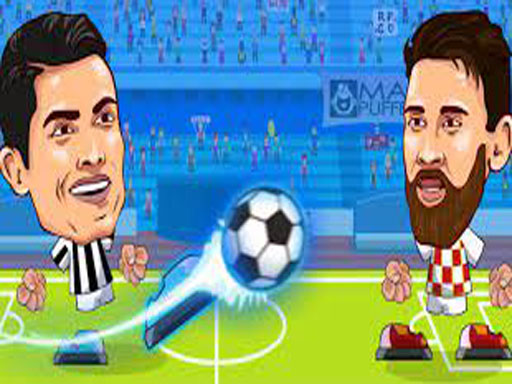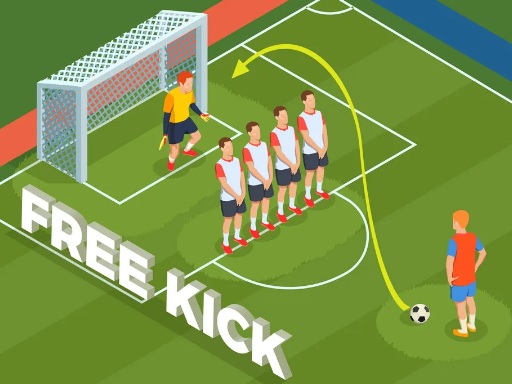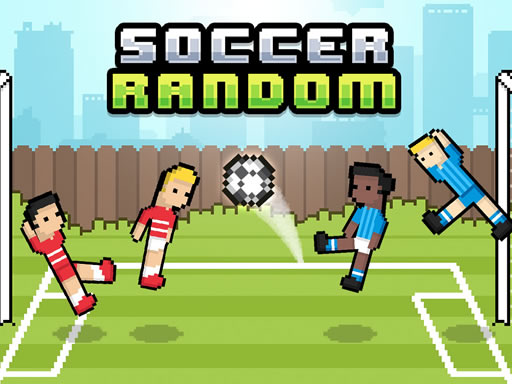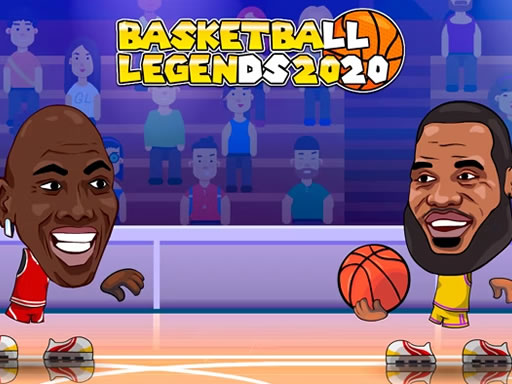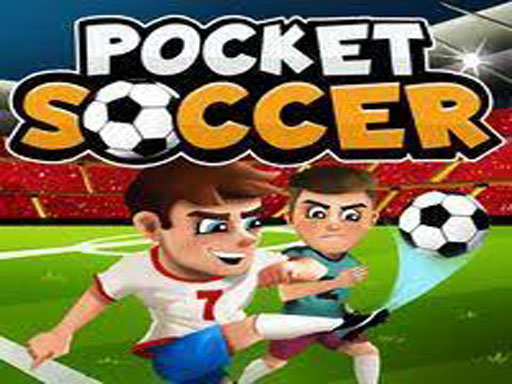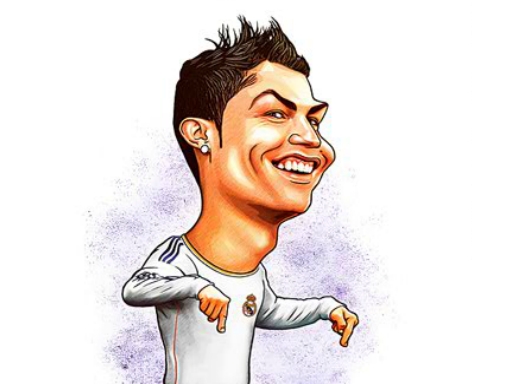Here is a detailed introduction to how to play soccer:
I. Team and Player Positions
Teams: Two teams participate, with each team usually having 11 players on the field during a match, including one goalkeeper. The remaining 10 players are outfield players, divided into different positions such as defenders, midfielders, and forwards.
Positions
Goalkeeper: The only player allowed to touch the ball with their hands within the penalty area. Their main task is to prevent the opposing team from scoring by blocking shots on goal.
Defenders: Responsible for protecting the goal. They mark opposing players, intercept passes, and clear the ball from dangerous areas. Central defenders typically stay near the goal to deal with aerial balls and strong attackers, while full-backs are more involved in both defensive and offensive plays on the flanks.
Midfielders: Act as a link between the defense and the attack. They control the tempo of the game, pass the ball accurately, and can participate in both defensive and offensive actions. Central midfielders often focus on ball possession and distribution, while wingers use their speed and dribbling skills to create scoring opportunities on the sides.
Forwards: Their main goal is to score goals. They try to find scoring positions in the opponent's penalty area, receive passes from midfielders, and take shots on goal. Forwards can be strikers, who are usually positioned closer to the goal and are specialized in finishing, or center forwards, who may also play a role in holding up the ball and creating space for their teammates.
II. Game Process
Kick-off: The game starts with a kick-off. One team kicks the ball from the center circle, and the other team tries to gain possession. The kick-off also occurs after a goal is scored, with the team that conceded the goal restarting the game.
Ball Movement: Players use their feet to dribble (move the ball while running), pass (transfer the ball to a teammate), and shoot (aim the ball towards the opponent's goal). Headers (using the head to control the ball) are also allowed.
Offensive Play: The attacking team tries to move the ball forward through a combination of passes and dribbling. They aim to create scoring opportunities by breaking through the opponent's defense and getting into a position to take a shot at the goal.
Defensive Play: The defending team tries to stop the attacking team from advancing. They use techniques such as marking (staying close to an opponent to limit their movement), tackling (legally taking the ball away from an opponent), and intercepting passes to regain possession of the ball.
III. Rules and Referee Decisions
Fouls: There are many types of fouls in soccer, such as kicking, tripping, pushing, or holding an opponent. When a foul occurs, the opposing team is awarded a free kick. In more serious cases, such as a foul committed inside the penalty area by a defending player, a penalty kick is awarded to the attacking team.
Offside: A player is in an offside position if they are nearer to the opponent's goal line than both the ball and the second last opponent (usually the last defender, excluding the goalkeeper) when the ball is played forward by a teammate. If a player in an offside position is involved in active play (receiving the ball, interfering with an opponent, etc.), an offside offense is called, and the opposing team is awarded an indirect free kick.
Referee: The referee is responsible for enforcing the rules of the game. They make decisions on fouls, offside, goals, and other incidents. Assistants (linesmen or assistant referees) help the referee by indicating when the ball goes out of play, offside situations, and other aspects of the game.
IV. Duration and Scoring
Duration: A standard soccer match is divided into two halves of 45 minutes each, with a 15-minute break in between. Additional time (stopped time or injury time) may be added at the end of each half to account for stoppages in play, such as injuries, substitutions, or disputes.
Scoring: A goal is scored when the ball completely crosses the goal line between the goalposts and under the crossbar. The team that scores more goals at the end of the match is declared the winner. If the scores are equal at the end of regulation time, the game may go into extra time (usually two periods of 15 minutes each) or a penalty shootout to determine the winner, depending on the competition rules.
For more Soccer Legends, you can visit this address:https://soccer-legends.org/


